From today’s perspective, it is incredible that a man born in the 19th century could imagine SF so vividly and write stories that are so much ahead of its time. No wonder why H.P. Lovecraft is a cult icon to the entire movement of fantasy, horror, and science fiction writers and readers.
He was one of many underappreciated writers that gained major following and popularity only after his death. The writer died of cancer in poverty at only 46 years of age, not knowing that his face would be printed one day on book covers and on posters, t-shirts, mugs, and so on.
His posthumous success is a unique feel-good story, but it also brought to attention his flaws. The letter that he wrote in 1934 states that he considered lynching and treatment of African Americans ingenious. Since the letter was discovered, he’s been considered racist and has damaged his reputation.
Howard Phillips Lovecraft is a complex writer Stephen King called “20th century greatest practitioner of classical horror story”. Except for the novels, he wrote poems, essays, stories, and hundreds of thousands of letters. He’s spent his life writing from early childhood until his death.
1. The Call Of Cthulhu And Other Weird Stories
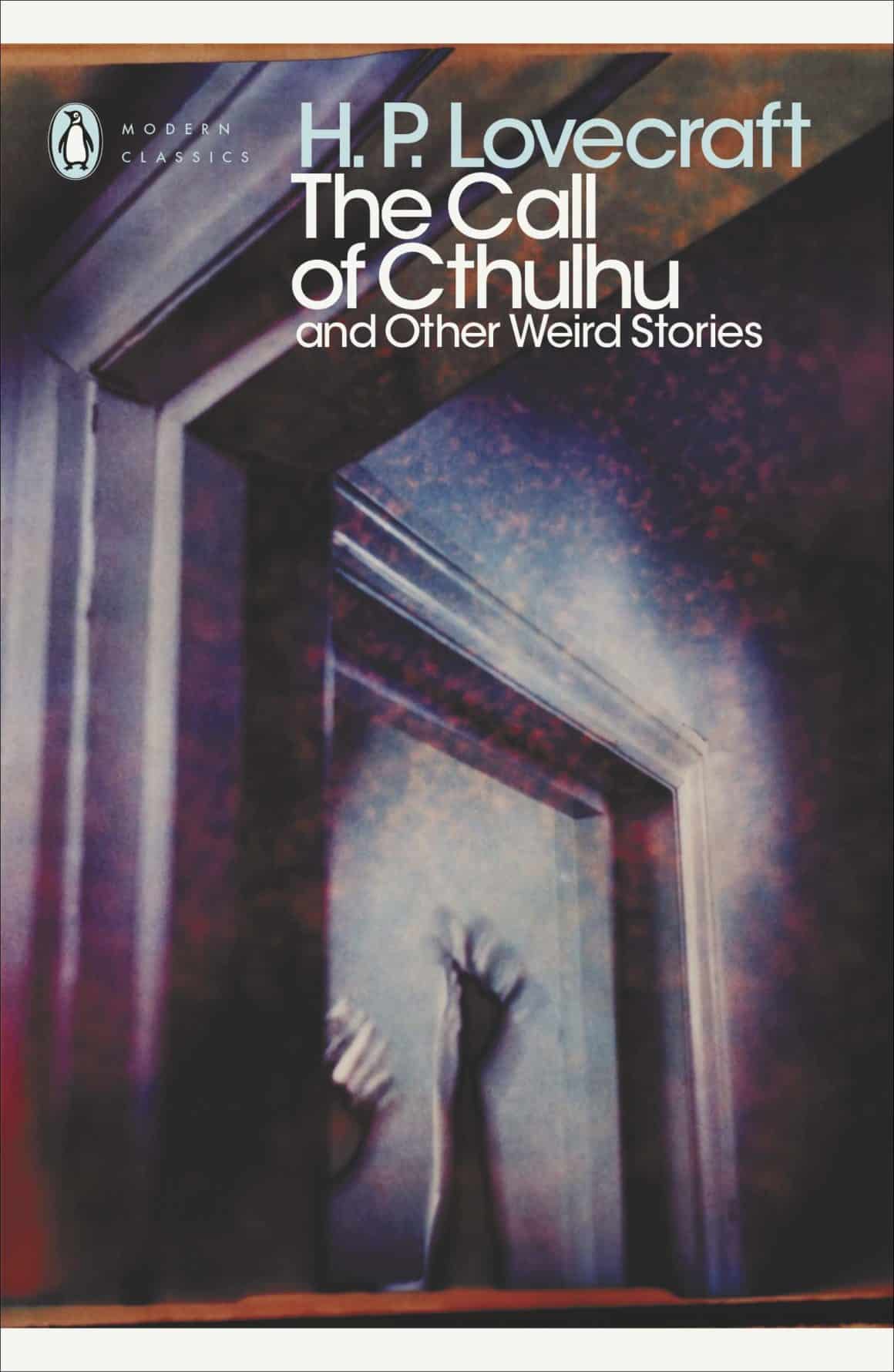
If you want to start reading H. P. Lovecraft this book is a good beginning. It is also a great addition to your collection if you are already a fan. Penguin added this book to its classics collection in 1999, and it’s been printed since then.
This book is an omnibus collection of H. P. Lovecraft stories, named after his short story “The Call of Cthulhu.” The analysis and notes follow stories that S. T. Joshi made about H. P. Lovecraft’s work. It helps greatly in understanding the stories, especially if you are new to the genre.
2. The Shadow Over Innsmouth
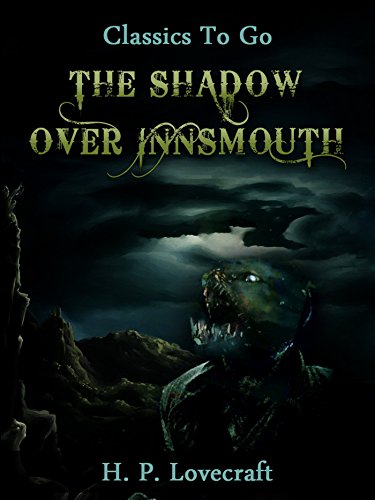
This popular novella was written in the winter of 1931. The book tells a story of underwater civilization with a lot of references to Cthulhu Mythos. Some things that are similar to Cthulhu are names, creatures, and spells. This is his only story that was published as a book in his lifetime.
The plot takes place in Innsmouth in New England, where the main character arrives on his journey. Here he meets incredible people, strange characters, and horrifying things start happening. This deserted fishing town with bizarre people is where the main character will have some revelations about his own life.
3. The Whisperer In Darkness
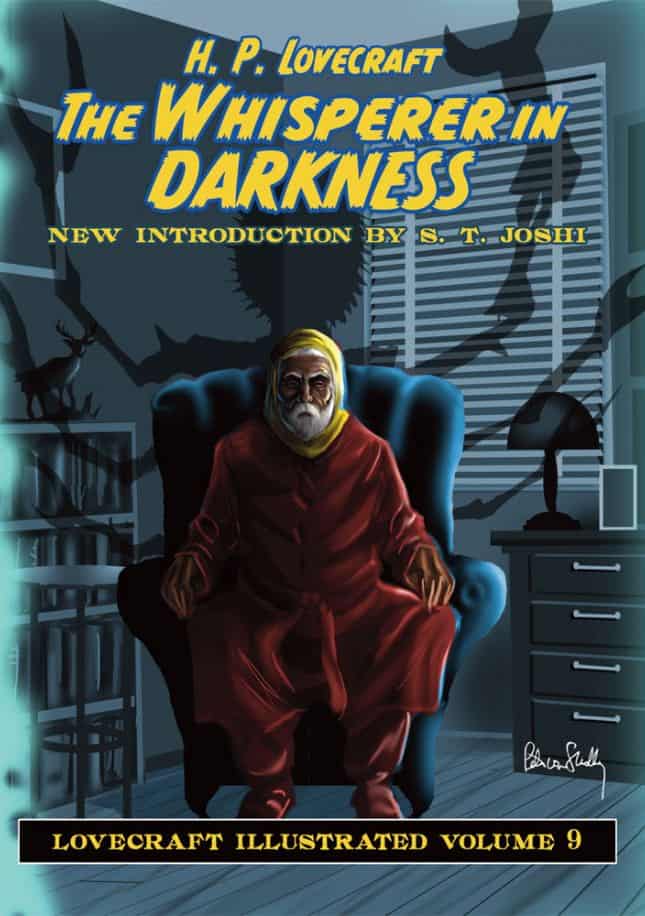
This interesting novella was written during the summer of 1930. It was published as part of “Weird tales” a year later, for the first time. The themes of this story are horror and science fiction, and it also connects to Cthulhu Mythos in many aspects.
In this book, H. P. Lovecraft introduces an extraterrestrial race of fungoid creatures called Mi-Go. The protagonist of the story is Albert N. Wilmarth, a university professor. He became interested in strange things that were floating in rivers after a horrible Vermont flood.
He begins a conversation with a friend that lives near the river, and that is where everything gets complicated until his friend disappears.
4. The Dunwich Horror
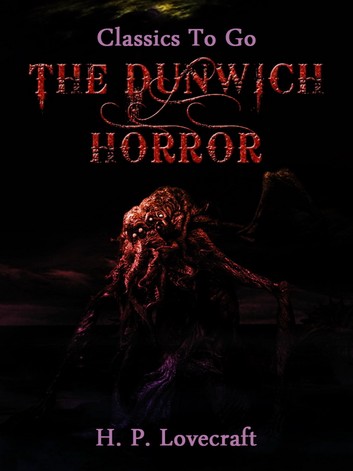
“The Dunwich Horror” is a novella that was published in the “Weird Tales” collection. Dunwich is a fictional place in Massachusetts, a very isolated village where strange family Whateley lives. This story is considered one of the core stories about Cthulhu Mythos.
Wilbur Whateley has lived a peculiar life since his birth by an unstable albino mother. No one in the village wants to talk to him, and even animals avoid him. His grandfather is a sorcerer, and he takes care of the mysterious presence that exists in their farmhouse.
In a letter to his friend, the writer said that the story is based on several New England legends, and it is happening in Miskatonic Valley.
5. At The Mountains Of Madness
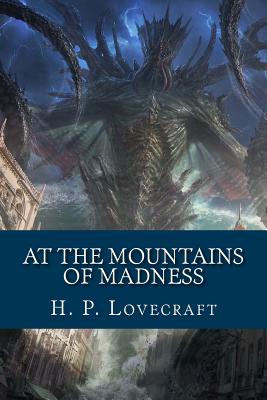
When H. P. Lovecraft wrote this novel at the beginning of 1931 he didn’t expect it to get rejected by “Weird Tales.” The reason why it was rejected was the length. Later on, in 1936, it was published as the series in “Astounding Stories.”
The story follows a group of explorers led by Dr. William Dyer to Antarctica, where they discover an ancient civilization. This civilization was much more developed and a lot older than humans, and they have found many sculptures, murals, and they do art.
This story is very similar to Edgar Allan Poe’s “The Narrative of Arthur Gordon Pym of Nantucket.”
6. The Dream-Quest Of Unknown Kadath
Although considered as one of the most important works of H. P. Lovecraft, this novella finished in 1927 was never published during the writer’s life. The protagonist is his well-known character, Randolph Carter, and this is also the longest story that features this character.
“The Dream-Quest of Unknown Kadath” is part of his “Dream Circle,” and it is an epic tale with elements of fantasy and horror. He explores humans’ ability to dream. This long and beautiful story was published after his death in 1943, by Arkham House.
The editor of the published version was S. T. Joshi, for both Arkham House and Penguin Classics.
7. The Silver Key And Through The Gates Of The Silver Key
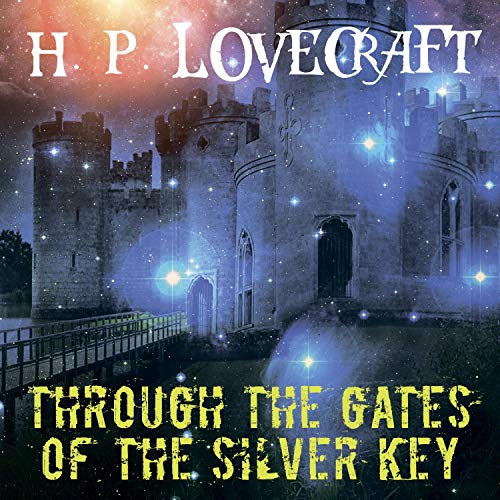
H. P. Lovecraft wrote this story with a friend E. Hoffmann Price and published it in 1934 in Weird Tales. It is a sequel to “The Silver Key,” another story about Rudolph Carter. Price wanted to write this story with “The Silver Key” in mind because it was his favorite Lovecraft story.
We learn about what is happening after Rudolph Carter’s disappearance and what Swami Chandrsputra said about him. It is about how Rudolph encountered the entity, how the key took him to a different dimension, and how the entity was happy with Carter’s accomplishments. Not everyone believes Swami, and the story ends with a postscript.
8. The Shadow Out Of Time
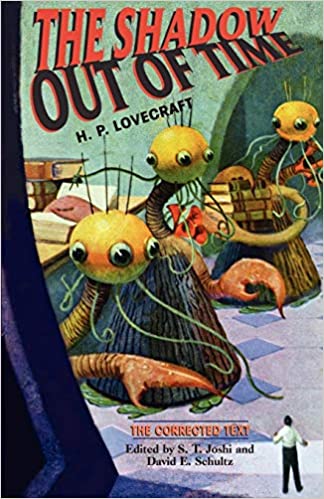
“The Shadow Out of Time” is a story about time and space travel by solely mind transfer. It was published in 1936 by Astounding Stories. This concept was popular among the writers, including the television series “!2 Monkeys” and “Stargate SG-1”.
The extraterrestrial species Yithians can switch bodies when they want to travel through time and space. The body, which is the host, seems like it has been possessed by the spirits.
Yithians were firstly motivated to study different places in the universe while traveling but later used this way of travel to escape the destruction of their own planet.
9. The Mound

This is the story of H. P. Lovecraft wrote as a ghostwriter for Zealia Bishop. She asked him to write about an Indigenous American mound that was hunted by the ghost. He gave the story fantastic and horror elements very specific for his style. He also added to the plot a tale of the subterranean civilization of K’n-yan.
The story was published posthumously in “Weird Tales” in 1940, but the full version was published in 1989. The original story was set in the town of Binger, but in the fictional story, he has set a location a few miles from there.
10. Imprisoned With The Pharaohs
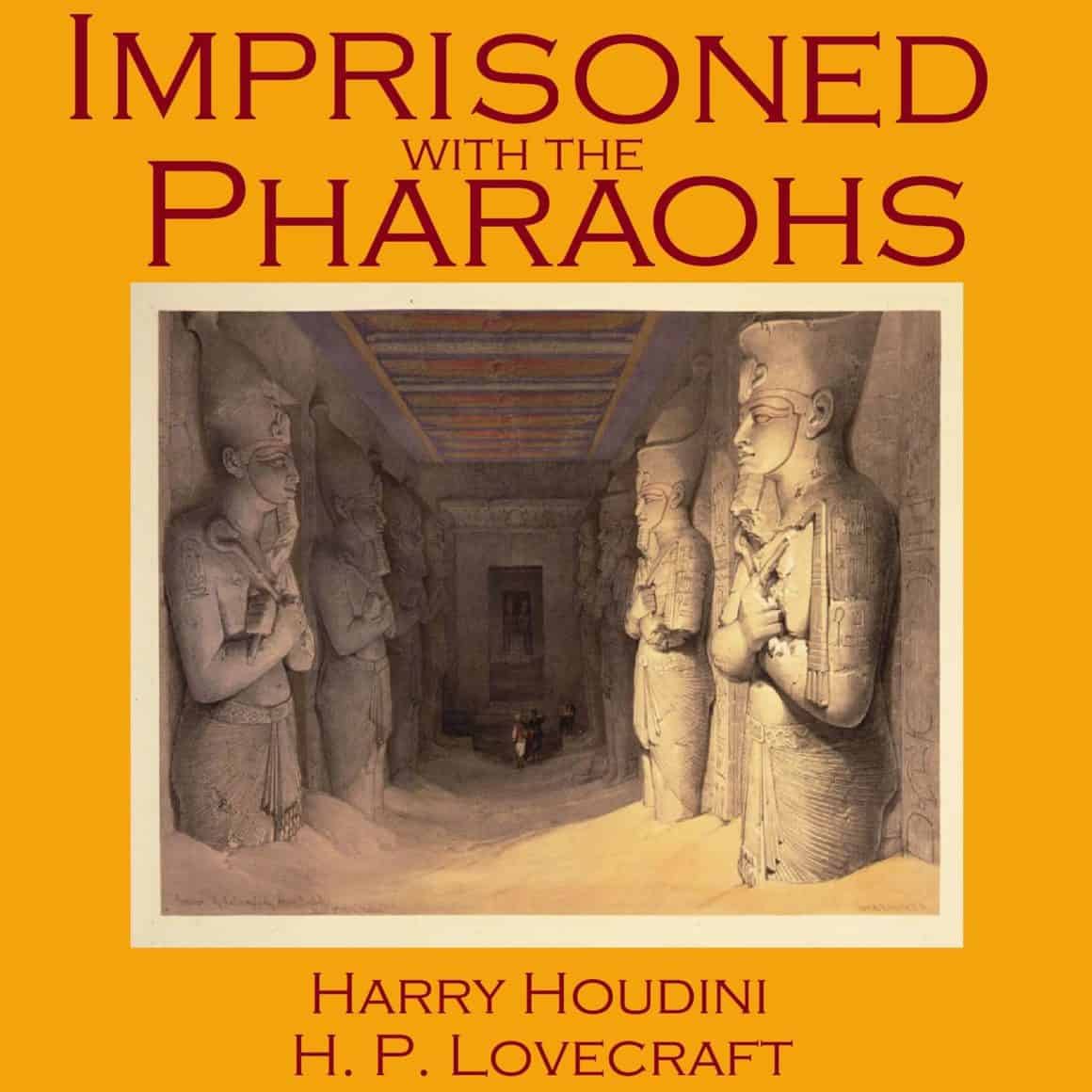
“Imprisoned with the Pharaohs” was written in collaboration with Harry Houdini in 1924. It is a fictionalized story of the marvelous escape of magician Harry Houdini, commissioned by J. C. Henneberger, the founder of “Weird Tales.”
The adventurous story of Houdini being kidnapped in Egypt by the pharaoh-looking tour guide takes a turn when he discovers a secret cavern while escaping the kidnapper. The story had only Houdini’s name on it until the second edition in 1939.
Both artists loved working together, and they collaborated on several other smaller projects as well. This story was an inspiration for the writer Robert Bloch.
11. The Cats Of Ulthar
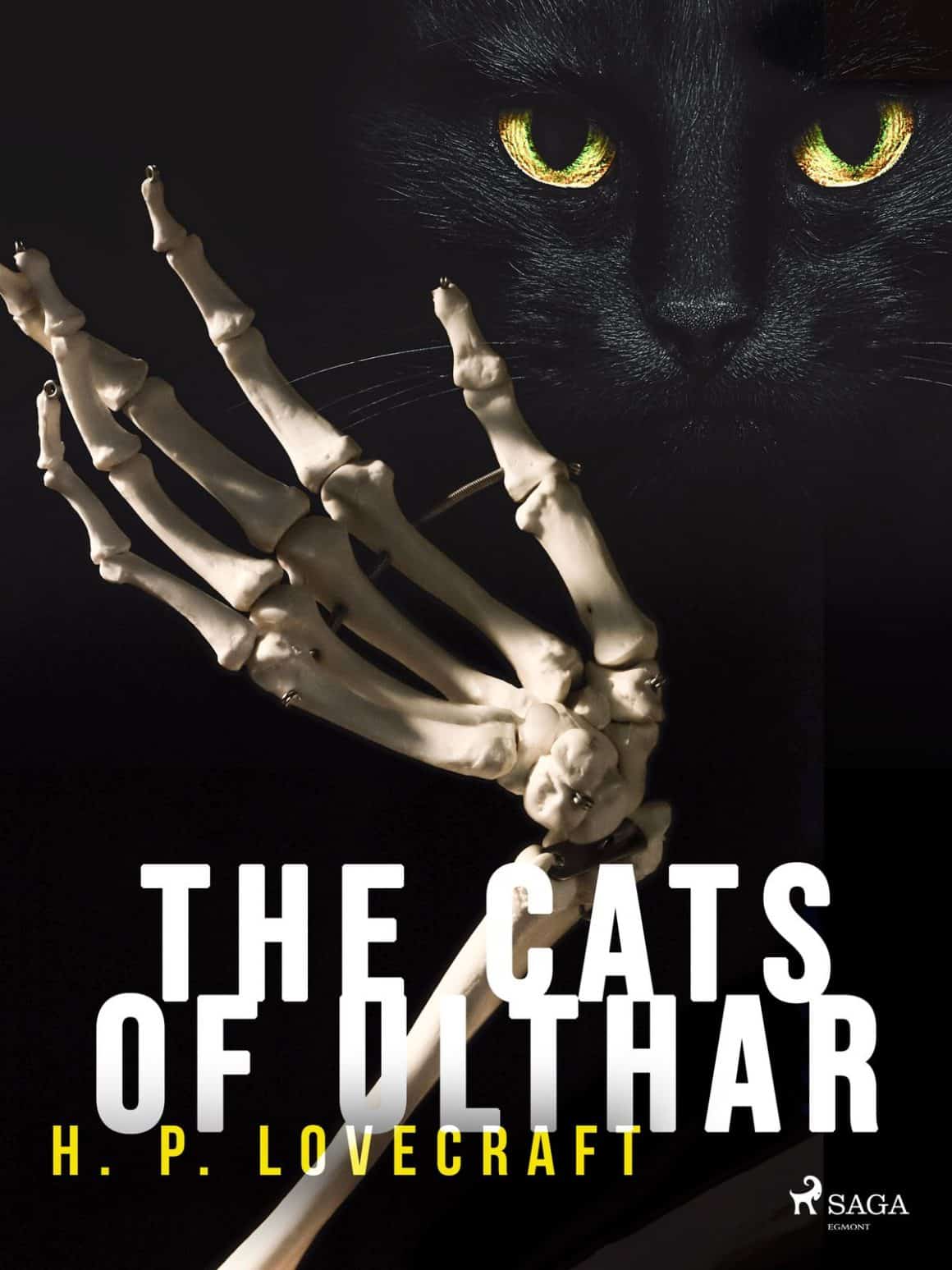
The short story, first published in 1920, was the personal favorite of the author. He referenced this story in several of his later works, and it was republished in several publications, including “Weird Tales” in 1926 and 1933, and privately printed in 1935.
It is a story about the city of Ulthar, where the law forbade the killing of cats. The older couple that loved killing cats had captured a cat from the caravan of wanderers that were passing through the city.
Cat belonged to an orphan Menes who cursed them, and their house was demolished. This was the lesson to everyone else in the city not to hurt cats anymore.
12. Dagon
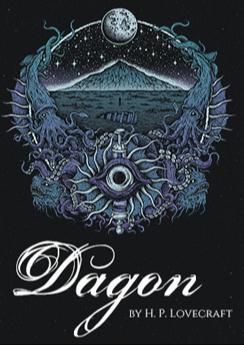
Another excellent short story by the master of macabre H. P. Lovecraft was one of his first stories that he wrote as an adult. It was published in 1919 in “The Vagrant.” “Weird Tales” was also published later on, and this was considered among the most forward-looking stories he wrote.
The story is about an ex-soldier addicted to morphine and his time in World War I. He was in the Pacific, and the Germans captured his cargo ship, so he ended up on a raft. That is when the real horror starts happening, with the sea full of the hellish black mire and dying fish.
13. The Zombie Stories
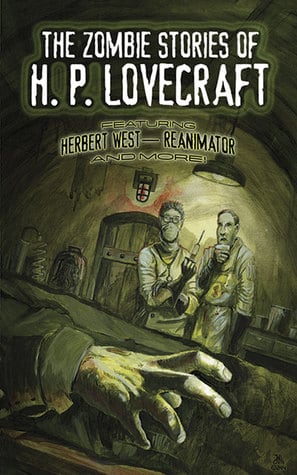
“The Zombie Stories” features six stories, including: “The Outsider,” “Herbert West – Reanimator,” “In the Vault,” “Cool Air,” “Pickman’s Model,” and “The Thing on the Doorstep.” Lovecraft’s zombies vary from those created by scientists to those that are eating flash. Zombies are part of various mythologies and cultures in some form.
The stories were written between 1921 and 1926. They were all published by 1933. They were developed before his best-known Cthulhu Mythos. Horrific tales bring nightmares to life and focus on the loneliness of those creatures that seek human contact.
These stories were the inspiration for many pop culture artworks and
14. The Outsider
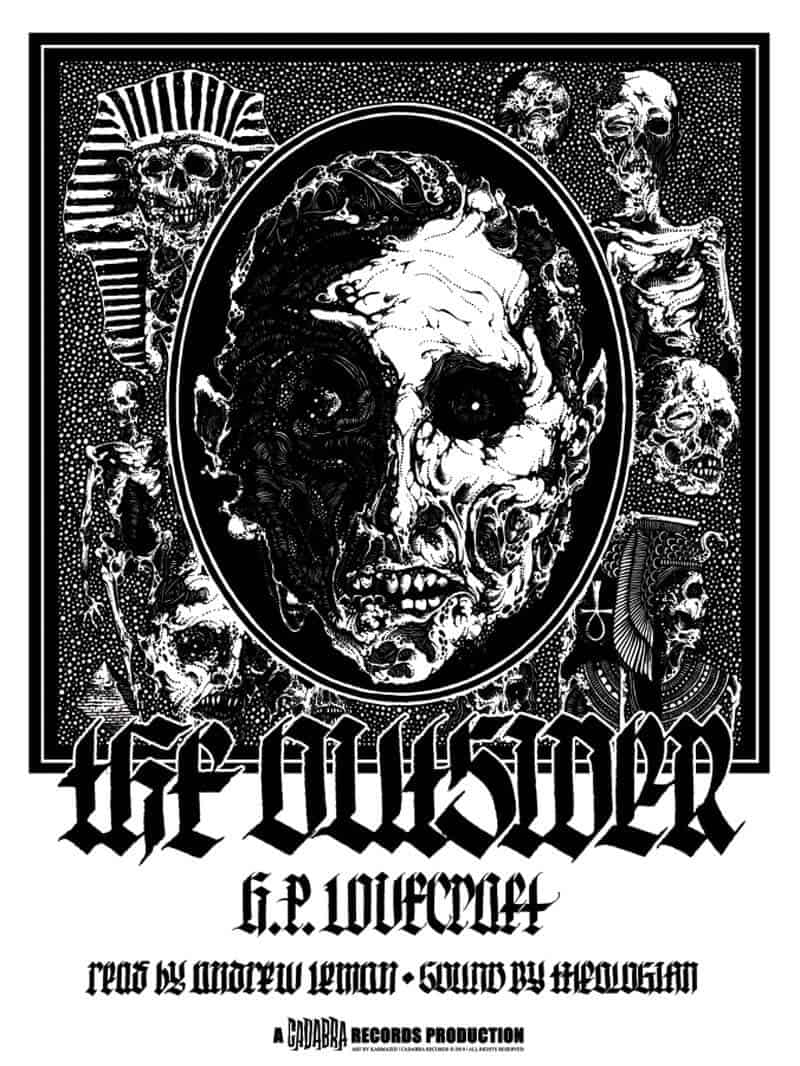
Published in “Weird Tales” in 1926, “The Outsider” became the favorite story of this author. It has been reprinted many times, and usually, it is the first story everyone thinks about when talking about H. P. Lovecraft.
A mysterious creature from the isolated castle runs away in search of human life and contact. A sad story about a lonesome individual who has never met another person comes to a horrible end when he finally finds people, but they are terrified by his looks.
In one of his letters, Lovecraft has written that his inspiration was Edgar Allan Poe’s story “Berenice.” It has elements of the works of Nathaniel Hawthorne and Mary Shelley as well. Some critics have suggested that this story is strangely autobiographical because he was very lonely and isolated from society.
15. The Dreams In The Witch House
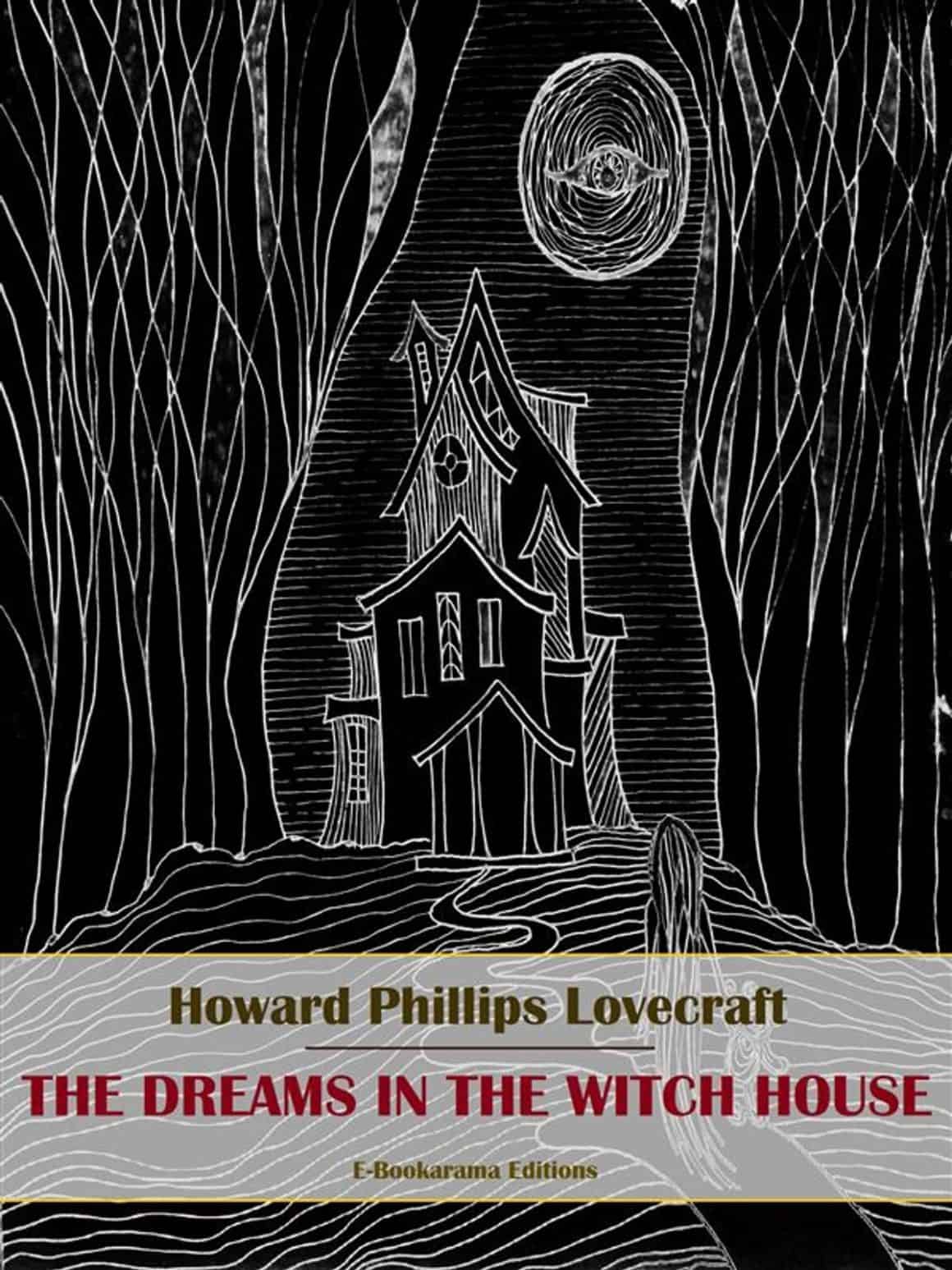
A short story with horror elements was a part of the Cthulhu Mythos cycle, and it was published in “Weird Tales” in 1933. It is about a young student that has rented a room in a haunted witch house. The house once belonged to a witch that had escaped from Salem before being executed.
He first experiences weird dreams, then starts seeing shape-changing figures, and starts having bizarre experiences. All the previous tenants have been found dead, so a similar destiny awaits the main character too. A friend of the student who has seen him die was institutionalized after the event.
Conclusion
Those who love exploring new genres can start here if they want to know about horror and science fiction. All the later science fiction and fantasy writers had H. P. Lovecraft books as a guide. He was their hero and one of the first writers in the genre.
His short novels and stories had a unique style that many writers tried to follow. He wasn’t a fan of realistic dialogue, or anything natural, so he transformed his entire world into a new place where only his rules are followed.
This interesting and rare talent had artistry as the goal and not the fortune. H. P. Lovecraft didn’t care about money but about creating something extraordinary.








